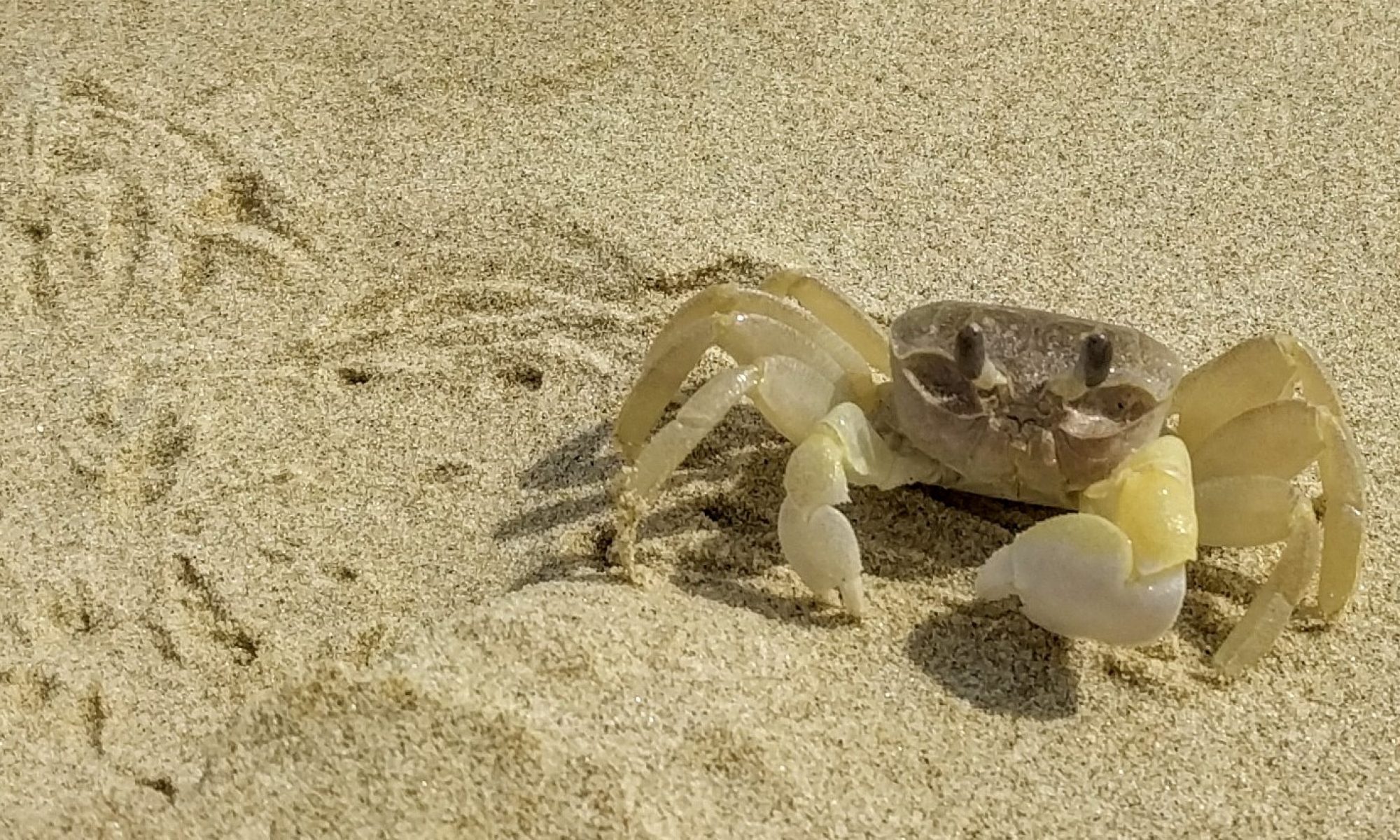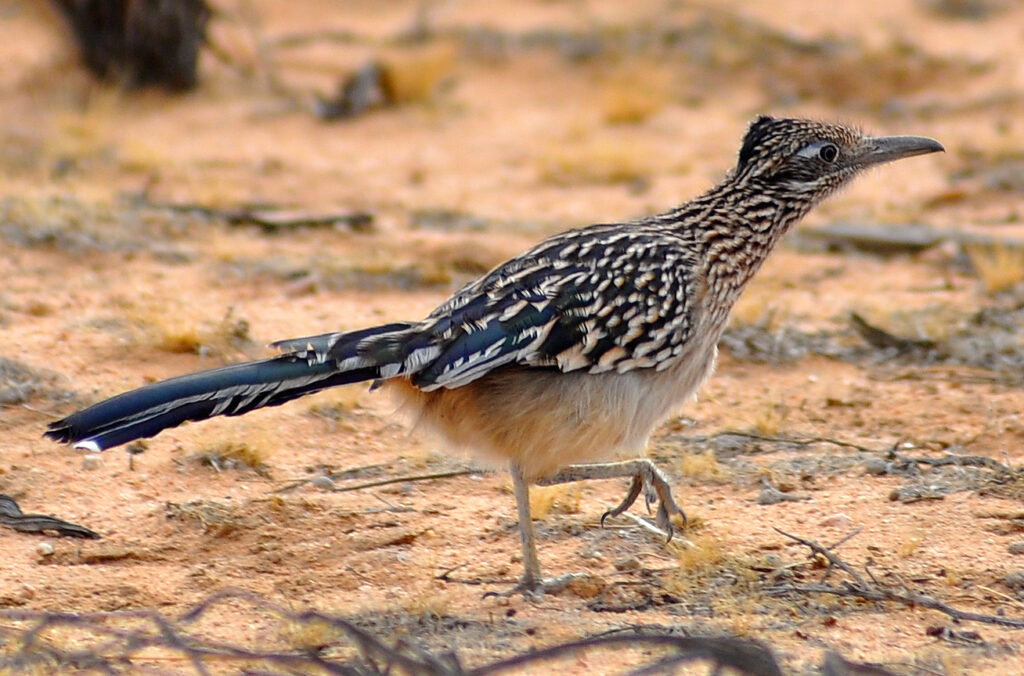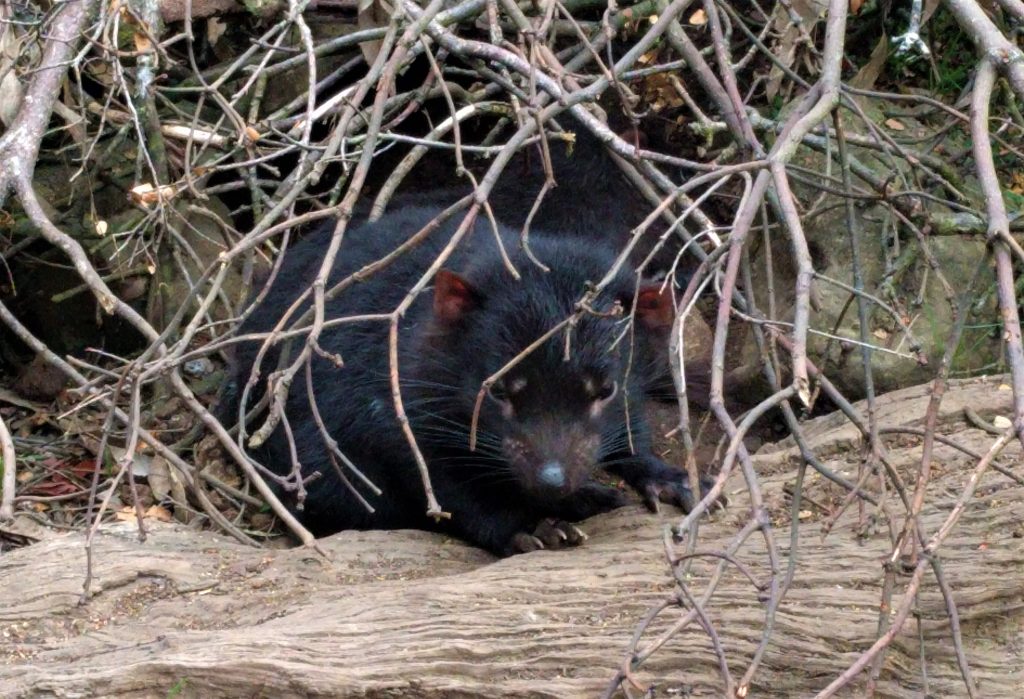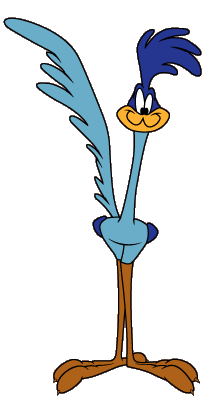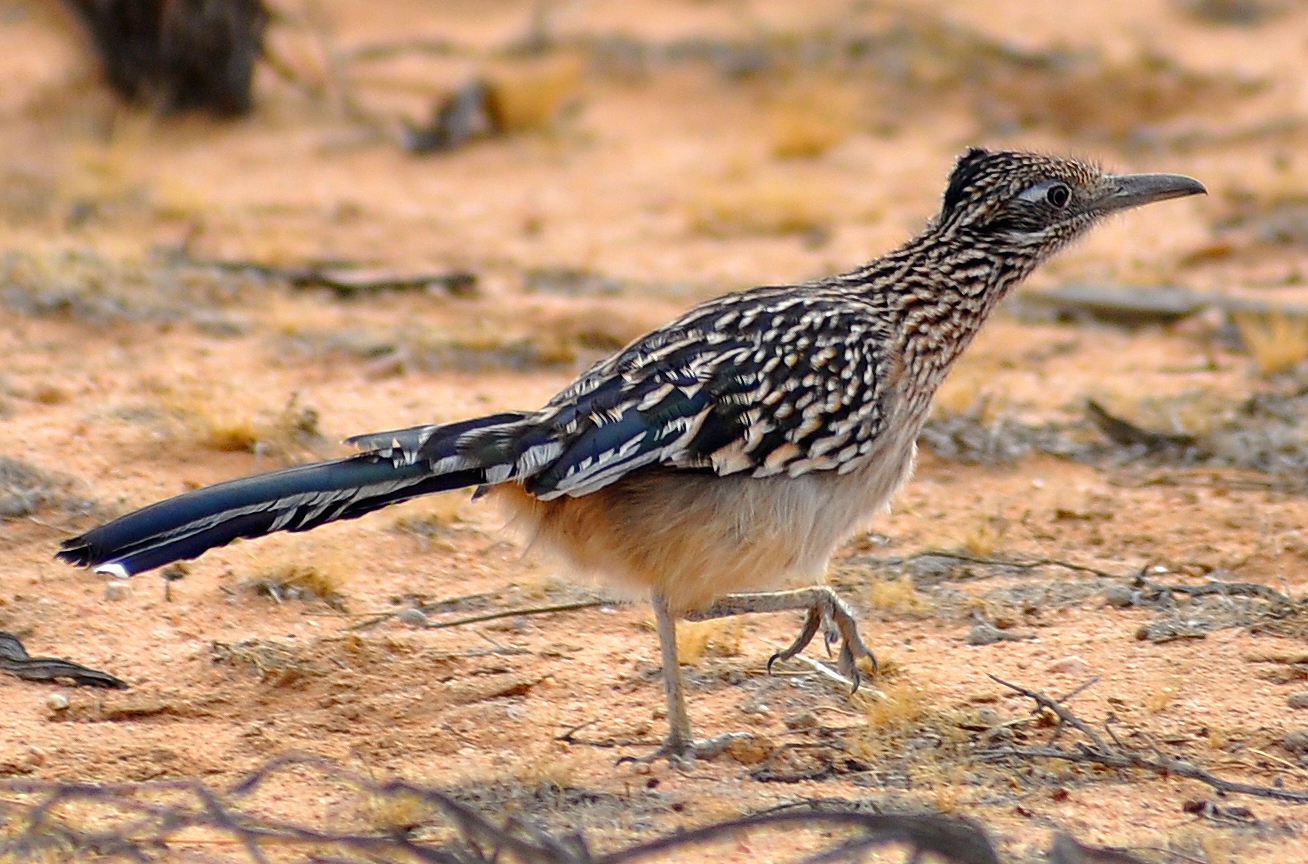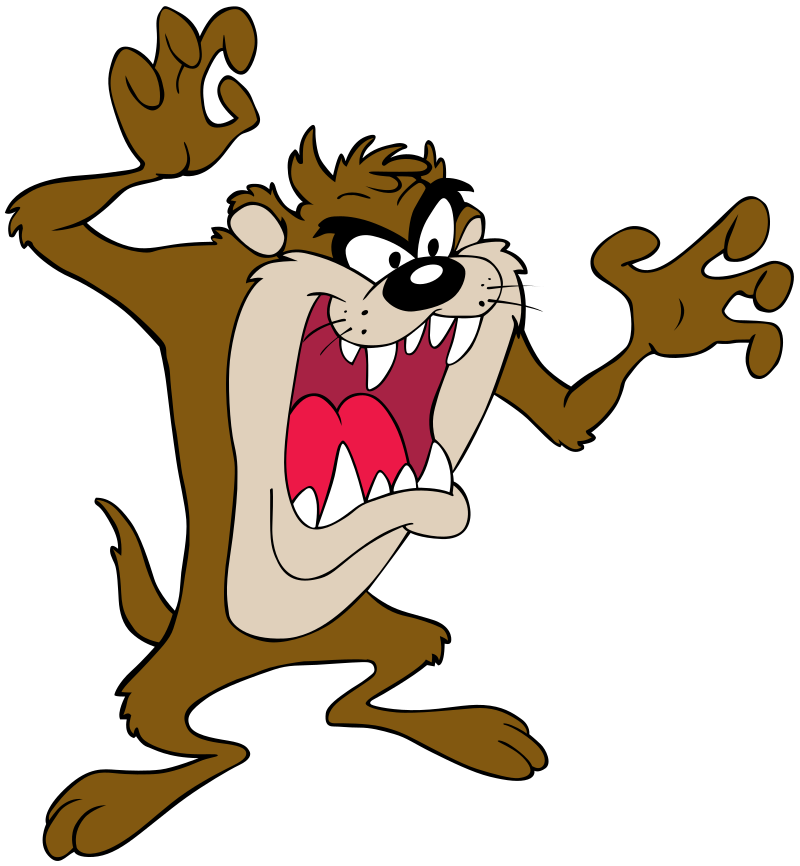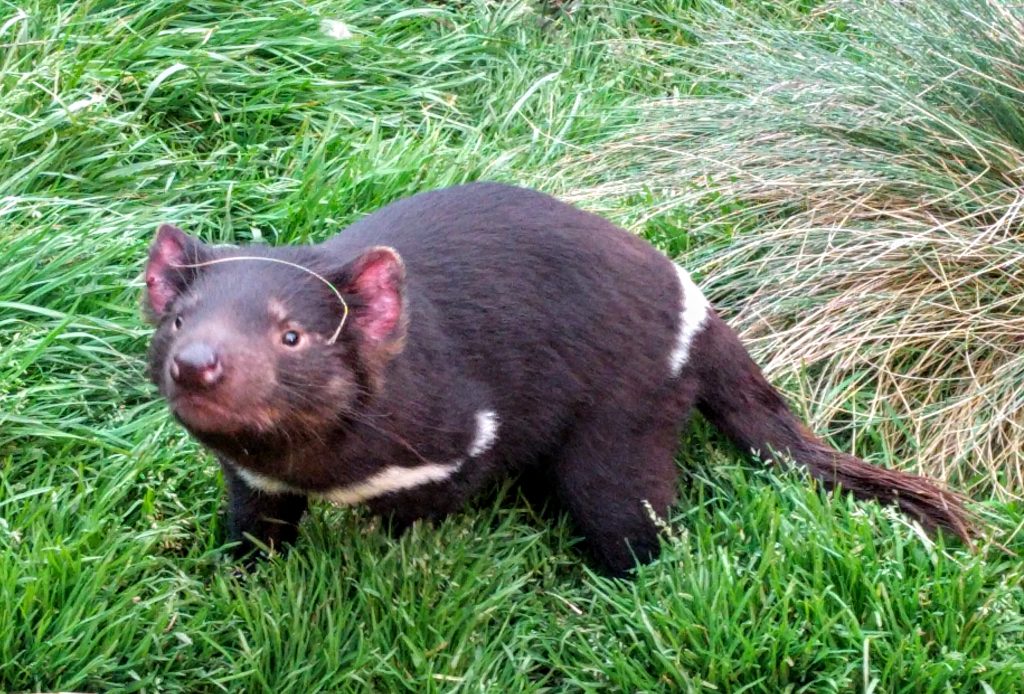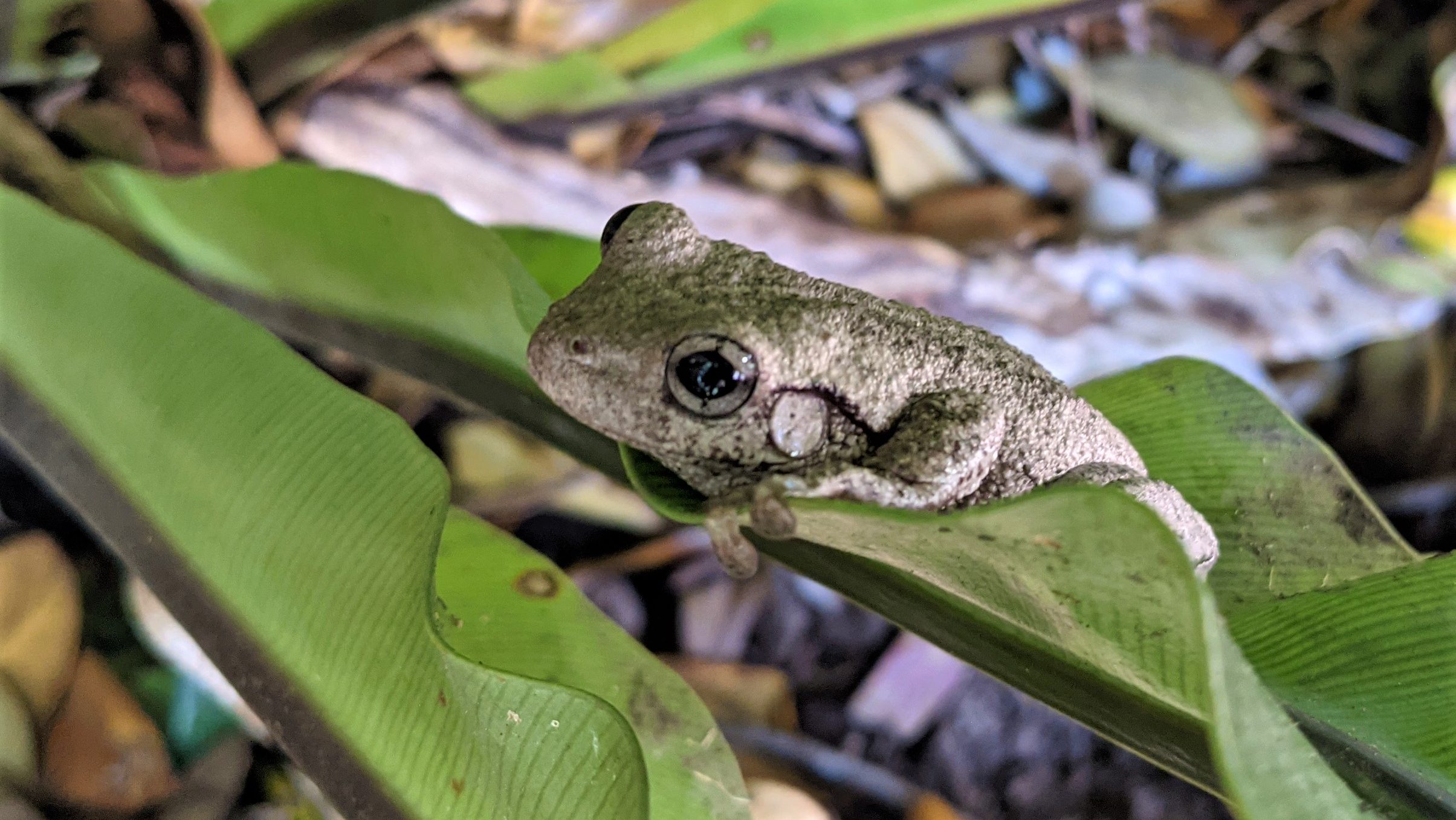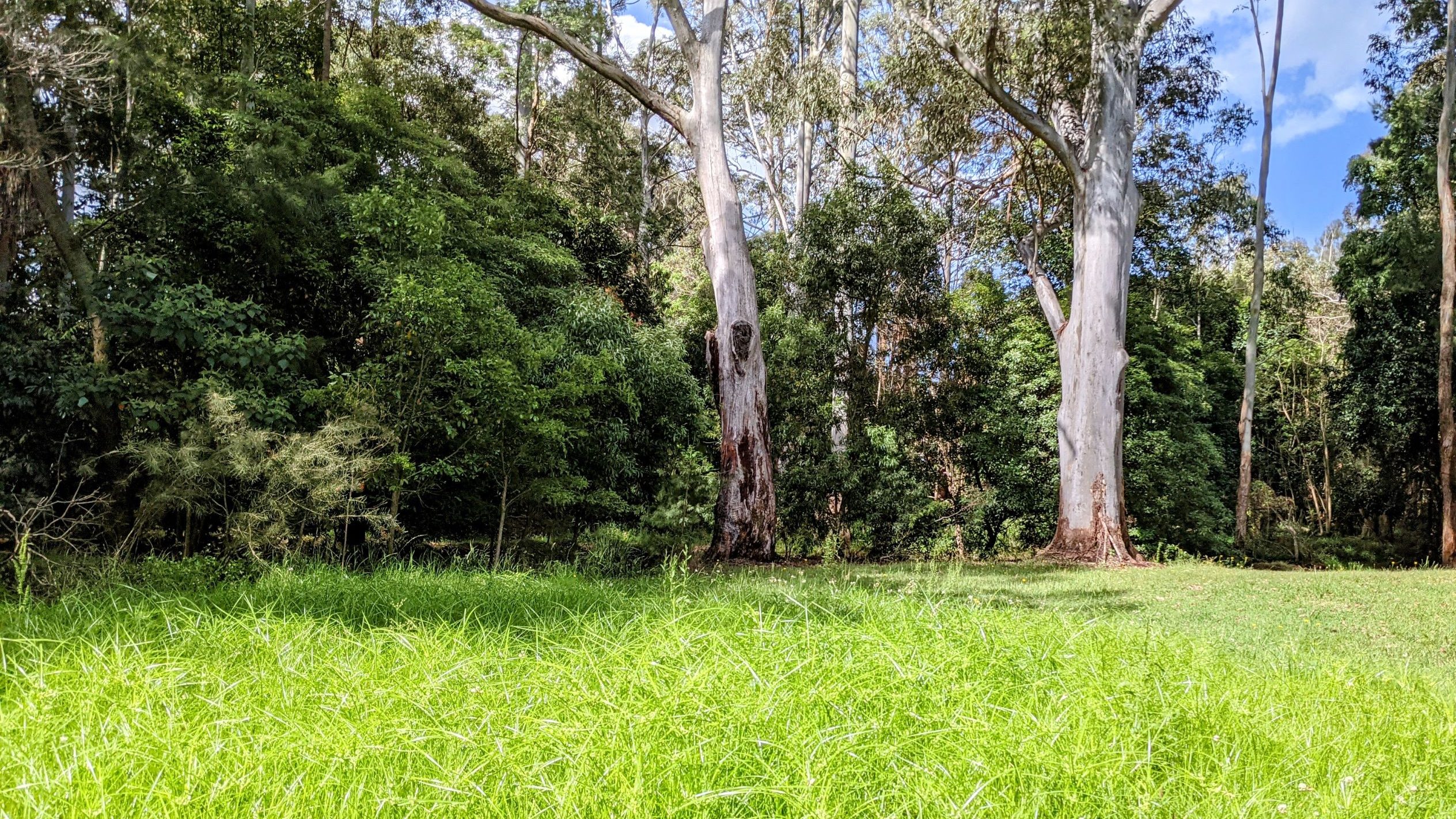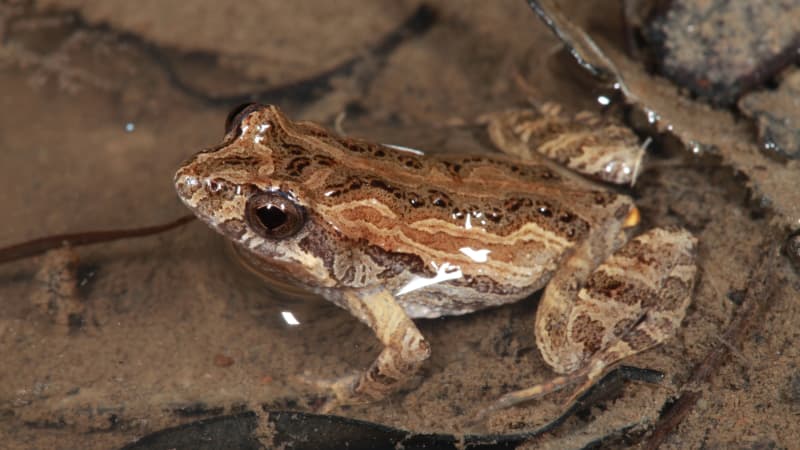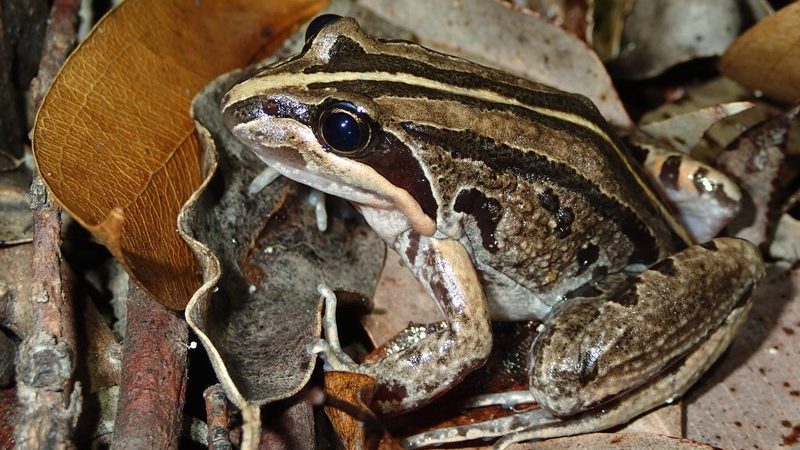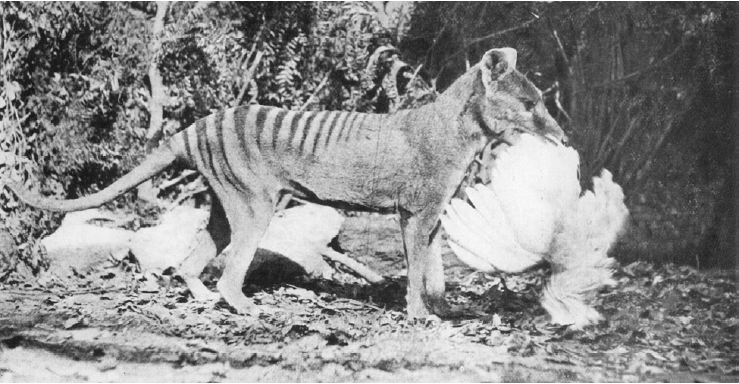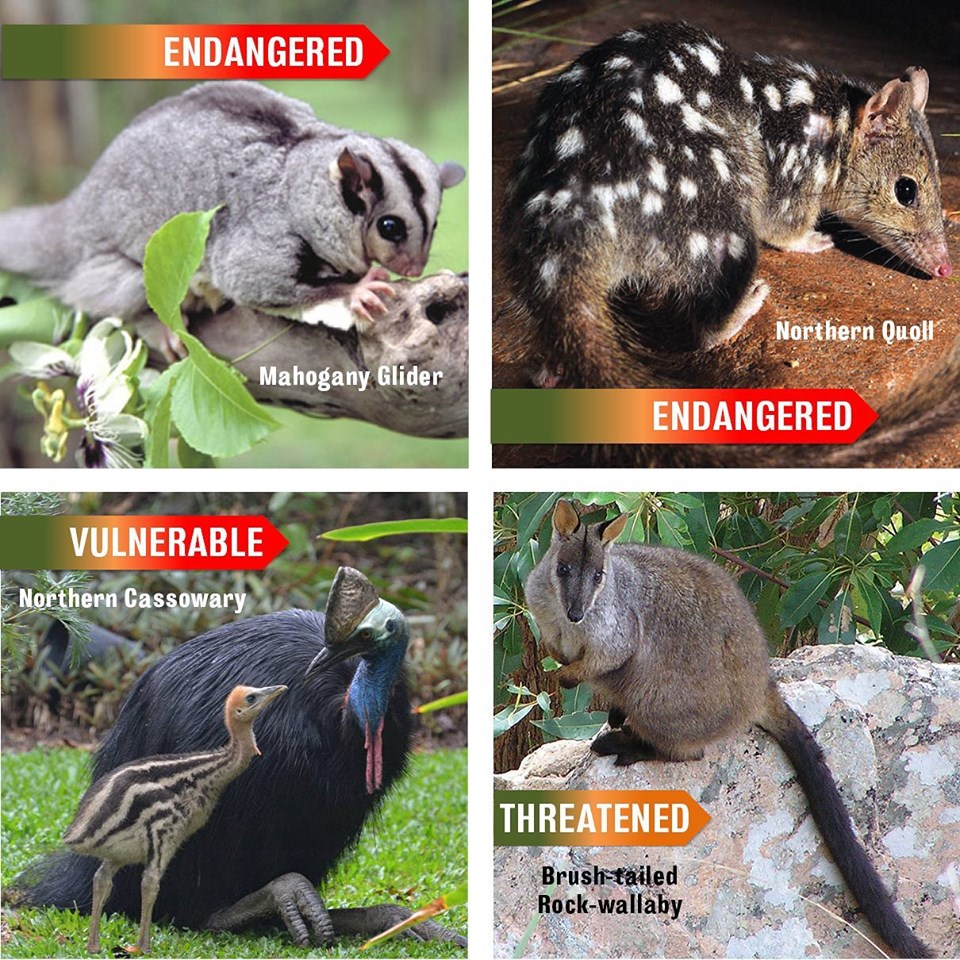I went to Killare Beach on the Central Coast of NSW after the recent wild weather and saw a lot of Blue Bottles and Violet Snails along the hightide line. Violet Snail are sometimes found washed ashore, particularly during summer in Australia and around the world.
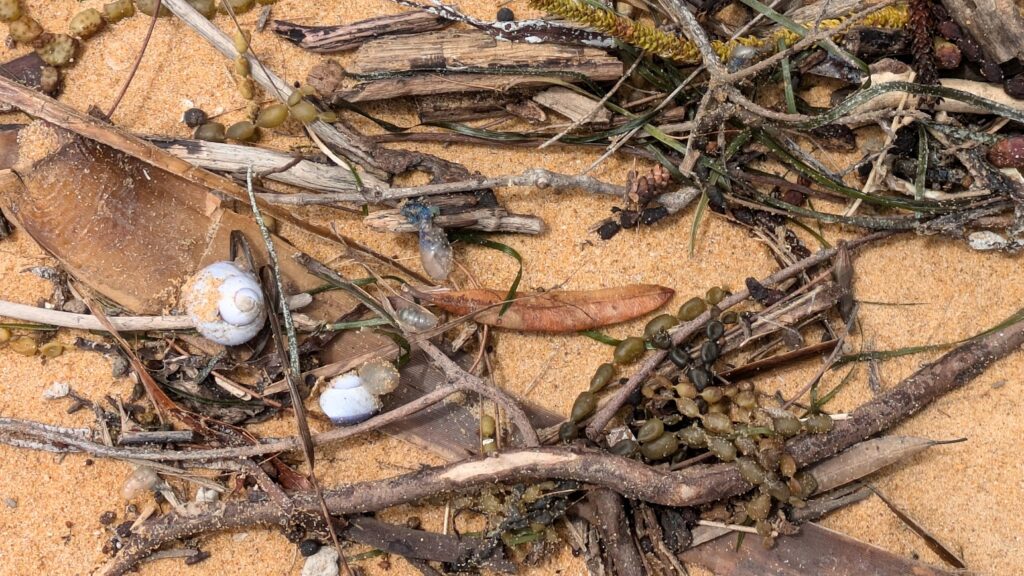
The Violet Snail Janthina janthina get their name from their striking violet or purple-colored shells, which provide them with a distinctive appearance. These snails inhabit tropical and subtropical oceans, where they spend their lives riding the ocean currents at the mercy of the winds.
Violet Snails float by producing a own mucus-covered bubble raft, and feeding on floating jellyfish and organisms like Blue Bottles Physalia physalis. These jellyfish and Blue Bottles provide both food and protection, however Violet Snails must be careful when feeding to avoid being stung by their venomous tentacles.
Unlike most snails that crawl along the seafloor, violet snails have adapted to a open ocean lifestyle. They produce a bubble raft using mucus, which allows them to float on the water’s surface and travel vast distances.
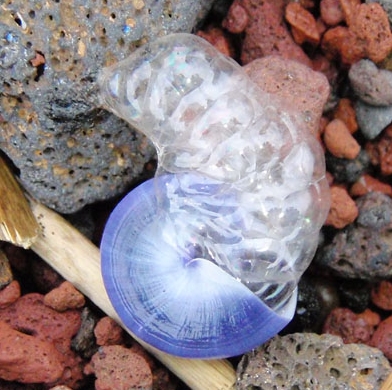
Living a life adrift comes with many challenges. Violet snails are at the mercy of ocean currents and weather patterns, which can sometimes strand them on beaches far from their usual habitats. When they do wash ashore, their vibrant shells often attract beachcombers and curious observers like me.
The Role of Violet Snails in the Ecosystem
As both predators and prey, violet snails play an important role in marine ecosystems. They help control populations of their prey and, in turn, provide food for a variety of fish and seabirds. Their unique adaptations make them an excellent example of how marine life thrives in the vast, unpredictable ocean.
If you’re lucky enough to spot a Violet Snail when beachcombing, take a moment to admire its delicate beauty and the intricate design of its shell. However, it’s best to observe and leave them in their natural habitat, as they are an important part of the marine food chain.
Learning about incredible creatures like the violet snail helps us appreciate the diversity and complexity of our oceans. Next time you’re at the beach, keep an eye out for these little floating marvels—you never know what wonders the next tide might bring!
At Australian Environmental Education, we love sharing the wonders of the natural world. Stay tuned for more fascinating insights into Australia’s diverse ecosystems and the amazing creatures that call them home!

